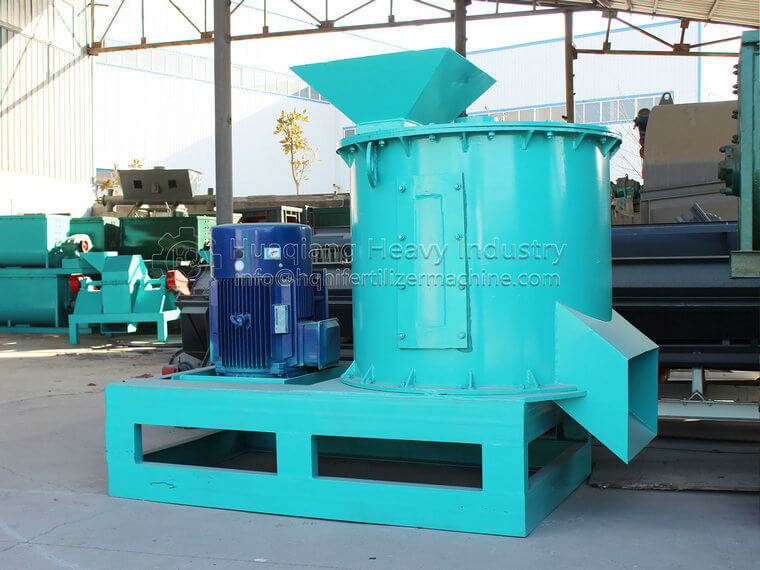When choosing an organic fertilizer crusher, consideration should be given to the humidity and fiber content of the crushed material, as well as the type and function of the crusher. The following are several recommended types of organic fertilizer crushers:
Semi wet organic fertilizer crusher: suitable for crushing organic raw materials with a humidity not exceeding 50%, and can be directly used for the production of organic fertilizers.
Vertical organic fertilizer crusher: With a simple structure and convenient operation, it is suitable for crushing raw materials such as biomass and can improve the degradation rate of organic fertilizers.
Silent organic fertilizer crusher: Low noise, suitable for use in small organic fertilizer processing plants, using advanced vibration reduction technology to make operation smoother and extend service life.
Semi wet material crusher: adopts a two-stage rotor with upper and lower stages for crushing, suitable for crushing materials with a moisture content of 30% -60%, such as poultry manure, crop straw, etc. The particle size after crushing can reach 20-30 mesh, meeting the feed particle size requirements of organic fertilizer granulation equipment.
Vertical crusher: has a high adaptability to the moisture content of materials, suitable for crushing materials with a moisture content of 50%, especially suitable for humus, soil like clumped materials, etc.
Straw crusher: mainly used for cutting and processing crop straw, suitable for the pre-treatment stage before organic fertilizer fermentation, helping to accelerate fermentation speed.
Chain crusher: mainly used in the crushing and recycling process of larger granular fertilizers after granulation, suitable for crushing without blocks, with high crushing particle size.
Cage crusher: mainly used for fine crushing operations, it also plays a role in mixing evenly during crushing, suitable for brittle materials, especially suitable for the dispersion of powder after agglomeration.
When selecting a suitable crusher, consideration should be given to the specific type of crushed material and processing requirements to ensure crushing efficiency and economy.